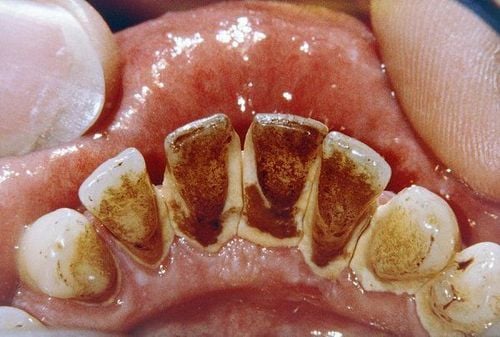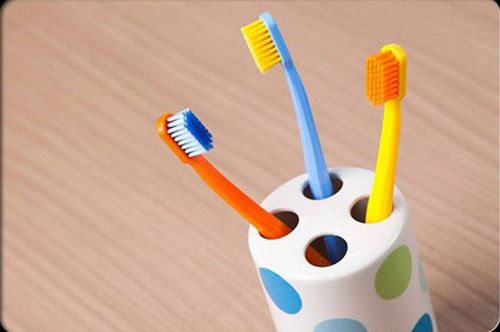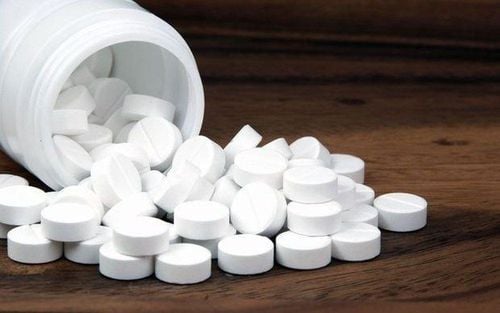This is an automatically translated article.
The article was professionally consulted by Doctor of Department of Examination & Internal Medicine - Vinmec Hai Phong International General HospitalTartar (calcium) is plaque that has been calcified by calcium phosphate salt compounds in saliva. Plaque needs to stay in the mouth for about a week to turn into tartar.
1. What is tartar?
If each person has a habit of cleaning their teeth thoroughly and regularly, the chances of tartar formation will be limited. Tartar is usually concentrated in the neck of the tooth, has a milky white or light yellow color. For smokers, tartar is yellow but darker.Tartar has 2 types: normal tartar and serum tartar. Tartar will usually be milky white or light yellow, after a period of time on the surface of the teeth and gums, tartar will cause gingivitis. If left untreated, it will cause bleeding gums, blood will soak into the tartar plaque and turn a reddish brown color called serous tartar.
2. How does tartar form?
After eating about 15 minutes, a sterile film will form on the tooth surface. The formation and appearance of this sterile film gives bacteria a place to attach to the tooth surface. Over a short period of time, the bacteria build up and thicken and form plaque.At the stage of plaque, we can clean them with a brush or floss. But when it persists for a long time, plaque calcified by inorganic salt compounds in saliva and many other factors becomes harder, clinging very firmly to the surface of the teeth or under the gums. At this point, the plaque has progressed to tartar (calcium), and we can only go to dental facilities to remove plaque.
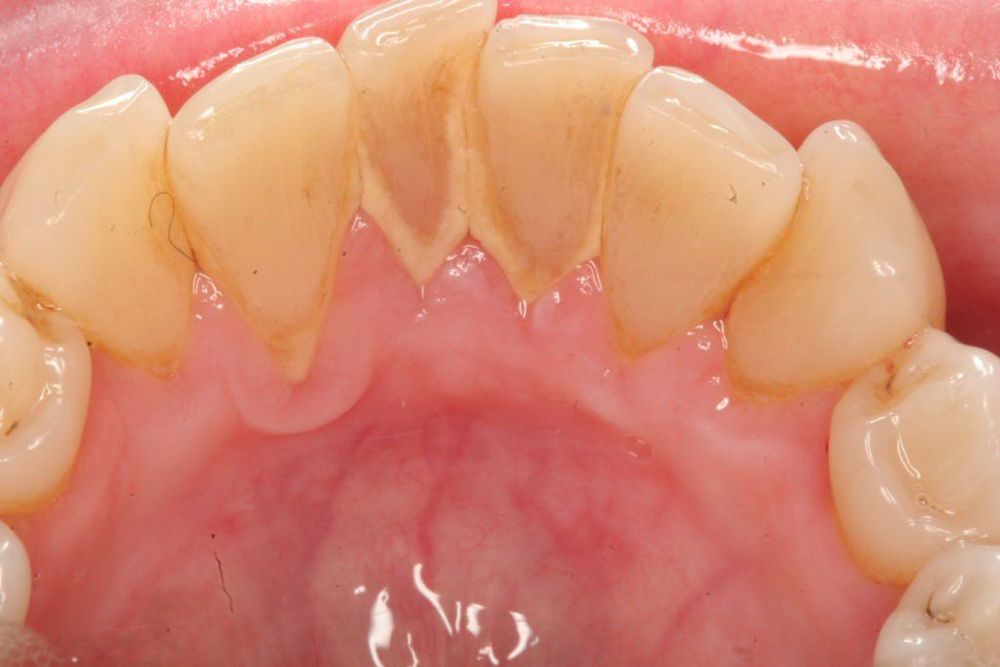
Mảng bám vôi hóa lâu ngày sé tiến triển thành cao răng
3. Where does tartar form from?
Most tartar is formed from the oral hygiene habits of each person. Some common causes can be mentioned as:Not having a habit of regular oral hygiene, not brushing after eating and before going to bed. Do not floss to clean teeth, creating conditions for bacteria to grow in the interdental spaces. Using chemical sugars found in the ingredients of products such as carbonated soft drinks and confectionery, also contributes to the rapid formation of plaque. Not knowing how to brush properly will not completely clean the tooth surface, leaving plaque, and tartar formation for a long time.
4. How to prevent tartar?
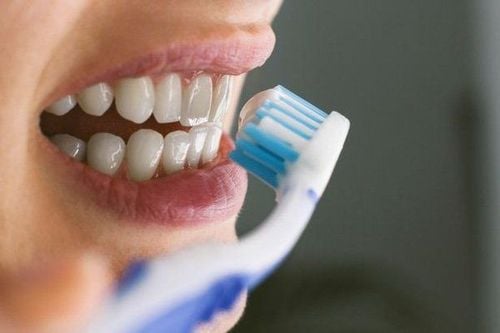
Đánh răng thường xuyên và đúng cách để ngăn ngừa cao răng
Some ways to prevent tartar are outlined below:
Practice good oral hygiene habits and properly. Brush your teeth after eating and before going to bed. Do not use toothpicks to floss because it can cause bleeding gums and open gaps between teeth. Instead, get into the habit of flossing after eating to clean teeth and crevices. Avoid eating foods high in sugar and starch, carbonated drinks. These are the foods that contribute to the rapid formation of plaque in the mouth. Should eat natural fruits, natural sugars good for oral health such as xylitol, sorbitol. How tartar forms affects whether you should visit a dentist to remove tartar. If tartar persists for too long, it is necessary to go to the dentist soon because when tartar develops and lingers in the mouth for a long time, it can lead to periodontitis, causing many serious consequences.
Once you understand what tartar is and how tartar forms, the advice that dentists give is that you should go to the dentist to get tartar or check your oral hygiene every 6 months to maintain good oral hygiene. In addition, going to the dentist every 6 months for a check-up will also help you control dental problems as well as detect diseases.
Please dial HOTLINE for more information or register for an appointment HERE. Download MyVinmec app to make appointments faster and to manage your bookings easily.




